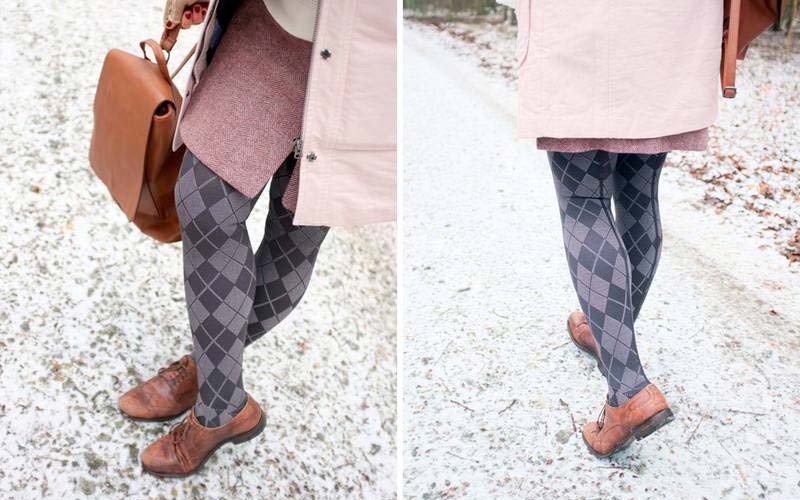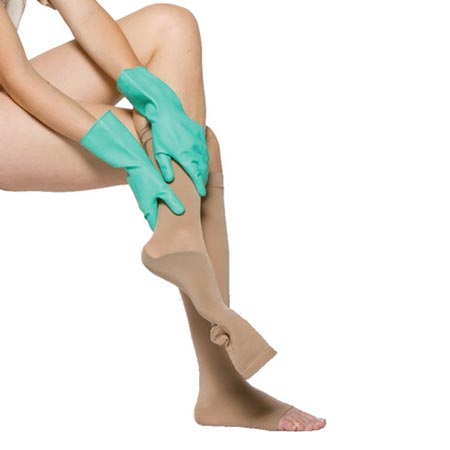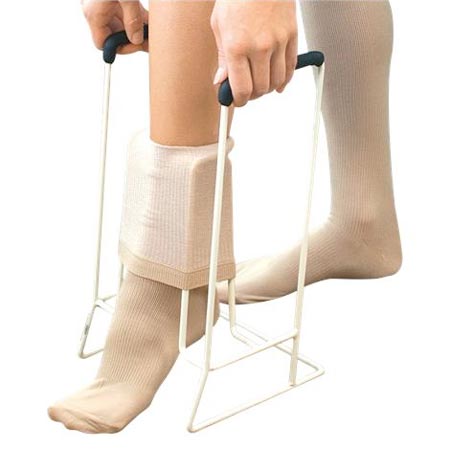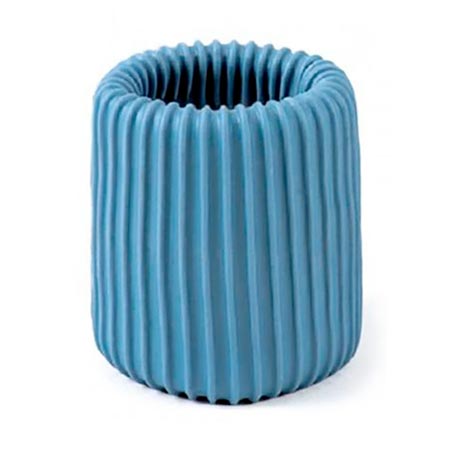
Compression stockings are products that can drastically improve a person’s quality of life and can be used to treat a variety of medical conditions. Most often, compression garments are used to treat swelling (also known as edema) in the lower extremities and aid in preventing blood clots. They are also used to help reduce pain and improve the appearance of varicose veins. Compression stockings help these conditions by improving blood circulation. While most garment users have medical conditions, many people without a compelling indication can also benefit from wearing compression stockings. Those that often travel may find compression stockings helpful. Remaining seated for long periods of time can increase your risk for developing a blood clot. As previously mentioned, compression stockings help improve blood flow to prevent blood clot formation. Long road trips and high altitudes can also lead to swelling and discomfort in your legs and feet, and compression stockings can help prevent these symptoms, too.
Compression stockings come in a variety of sizes, compression strengths and colors. In order for the stockings to work appropriately, you must be fitted by trained personnel. Different styles of stockings are available including knee-high, thigh-high, pantyhose, and maternity style stockings – all of which are available in both closed and open-toed options. Each of these stylings will require different measurements, so it is important to communicate with your fitter to select the right style for you. The most common garments that people are measured for are knee-high stockings. For these, the fitter will measure the circumference of your ankle and your calf and measure the length from the floor to the back of your knee. Your intended purpose for wearing the garment will help the fitter appropriately identify the compression strength you need. With your measurements and the recommended compression strength, the expert will help you find the perfect fit.
Even with a proper selection for size and strength, compression socks can be difficult to put on by yourself. Many options are available to help either you or an assistant don your compression stockings. Donning gloves help to grip your stockings to move the stocking to the proper place on your leg and avoid snags and tears when putting them on. They are also fantastic options for people with arthritis in their hands. If you have difficulties bending to put on socks, you may find a stocking donner helpful. By prepping the stocking onto the donner, you can step right into the garment, using the handles to pull the stocking into place. A doff N’ donner cone helps to both put on and take off the stocking, but it is not intended for people with arthritis.



With a prescription, your compression socks may be covered by your insurance. Many insurance companies will allow patients to order two pairs of compression stockings every six months. Each insurance company holds a unique policy for their coverage of compression garments and because of this, it is important that the provider checks in advance to see if your stockings will be covered. Patients specifically with Medicare may have a difficult time getting their stockings covered through insurance as they must meet a series of requirements. Whether you wear compression stockings to help with swelling or to in general improve your blood flow, the benefit of wearing compression stockings ought not be glanced over.
Although compression stockings are an extremely versatile product, they cannot help every patient. For individuals who are bedridden, TED (thrombo-embolic deterrent) hose are an excellent alternative to compression stockings. TED hose work to prevent blood clots for post-operative conditions as well. Another alternative to compression stockings is compression wraps. Compression wraps work much better for patients who struggle to put on compression stockings and/or are unable to use donning devices. Compression wraps also offer a much wider range of sizes than compression stockings. Finally, there are some patients that have swelling that is so severe, that neither compression stockings nor compression wraps will be able to help… that is where custom made garments come in! Kohll’s Rx offers custom-fabricated compression garments in the form of both compression wrapping systems and compression stockings.
If you have knee-high stockings, you want them to stop about an inch below the fold of your knee. This will help the garment sit comfortably and prevent the stocking from being too tight and reducing circulation, the opposite of its intended purpose. Your heel should be in place (marked by the knitting patterns in the compression garment) and the stocking should lay flat without wrinkles.
You should apply your stockings first thing in the morning before any swelling starts to form. For ease and comfort, you should start by wearing your stockings for a few hours a day. Gradually increase to wearing them for the entirety of the day and take them off at bedtime. Your stockings will be most beneficial if you wear them all day. You can machine wash and dry most stockings in a garment bag, but you should review your information sheet for your stocking’s washing information.
After a while, compression stockings begin to lose their elasticity and compression, thus becoming less effective. Most people should replace their stockings every three to six months. If you find your stockings are much easier to put on than when you first purchased them, it is probably time to look into getting a new pair. You may find it advantageous to have more than one pair of stockings to rotate to account for washing your stockings and to prolong the garment lifetime.
If you find yourself wanting to try a pair of compression stockings for the first time or need to order a new pair, the trained professionals at Kohll’s Rx can help find the right ones for you. Kohll’s fitters will accept patients by walk-in and by appointment, and they will measure you to pick the right size. Kohll’s Rx doesn’t have your size or color choice in stock? No problem! They can order your stockings for you and have them shipped right to your door! All your sizing information will be kept on file for you to easily reorder when necessary. Compression stockings are often overlooked but may be very beneficial to a variety of individuals.